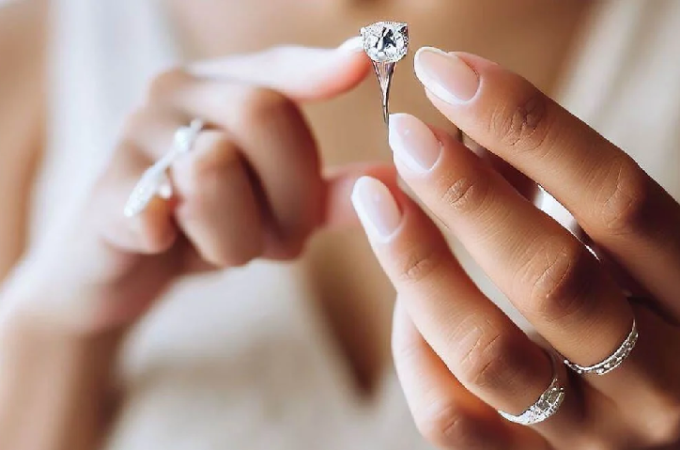Classification of footwear
This guide will help you classify footwear correctly for tariff purposes.
the material that the ‘upper’ and ‘outsole’ are made from (this can be any material except asbestos)
its type and purpose
other characteristics, such as the shoe’s coverage of the ankle, size, heel height, and its destination for men or women;
The top
The upper is the part of a shoe, boot, wake or any other shoe that is above the sole. The top does not include the tongue or any padding around the collar.
If the top is made of several materials, then it must be decided which material covers the largest external part. You should ignore accessories and reinforcements like
The out sole
The outsole is the part of a shoe, boot, wake or any other shoe element that comes into contact with the ground during use. The outsole does not include the separate heel.
To establish the outsole, you need to identify the material that has the largest surface area in contact with the ground. You are urged to disregard props and accessories such as:
protective devices and similar devices
Reinforcements are pieces such as leather or plastic pieces that are attached to the outside of the top to give it extra strength. To be considered a reinforcement, an attachment must cover materials that lend themselves to use as a top, not just liner materials. If an attachment covers only a small portion of the liner material, it is treated as part of the top and not as a reinforcement.
In order for you to be sure to classify the shoes correctly, it might be necessary to cut the outer material to see what is underneath and to know which parts are reinforcements and which parts constitute the actual upper.
Other useful definitions
When classifying shoes, it helps to know what other parts of a boot or shoe are. Here are some examples:
Collar . — the area that forms the upper edge of the shoe or shoe
Eyelet — reinforcement of the edge of a lace hole, usually metal or plastic
Eye stay — the area of a shoe or boot where the eyelets are located
Foxing — a thin band, often made of rubber, attached to the edge of some shoes and boots
Heel counter — a piece of material attached to the outside face of the heeling area of the boot or boot top or boot
“Heel” tab — a patch of material attached to the outside of the heel area of a shoe or shoe upper located below the collar
Toecap : a patch of material used to reinforce the outside of the top toe
Tongue — tab of the upper material attached to the vamp that covers the incise of the wearer — the tongue is usually between and below the two eye stays.
Vamp — the part of the upper behind the toe cap — the vamp may include the toe if the shoe or boot does not have a toe
Types of shoes
When classifying footwear, it is important to determine what type of footwear it is and what specific purpose it might serve.
For classification purposes, the upper is the part of the shoe that covers the sides and top of the foot.
Some of the more common types of footwear covered by Chapter 64 are listed below.
Clogs — usually the uppers are made in one piece and attached to the soles by rivets. Sometimes clogs are made in one piece and do not have — or need — a separate applied outer sole, in which case they are classified according to the materials they contain and are not covered by this chapter.
Espadrilles : these are also beach shoes and soles of braided fibers, the thickness of which is not more than 2.5 cm. They don’t have heels.
Flip – flops are also called clips. The straps are fixed by pegs which are provided with holes in the sole.
Sports or hiking shoes — note that these sports shoes are not classified as sports shoes.
Indian sandals — they have leather and natural leather outsoles. The upper is made up of straps that cross the step and wrap around the big toe.
Moccasins (Indian type) — this is a single material — usually soft leather — to form the sole and upper (or upper) part. It is therefore difficult to determine where the outsole begins and the beginning.
Neoprene shoes are generally used in diving and water sports. If the neoprene upper is covered or laminated with textile materials on both sides, it is classified as textile. If the upper has no textile covering, or only one side, it is classified as rubber.
Safety shoes — metal
Sandals — the front part of the top (the vamp) is made of either straps or materials with one or more cutouts,
Footwear — This term covers footwear, including trainers, which are not described in this guide
slippers _, including mules, as well as other indoor footwear such as ballet slippers and ballroom shoes. If the outer sole is made of plastic or rubber (about 1 centimeter) and then covered by an insubstantial, non-substantial layer of textile material, the slippers are classified as plastic/rubber outsoles. In some cases, all or part of the plastic or rubber outsole is covered with a thicker, more durable textile material, which is coated with polyvinyl chloride (PVC).
Common materials for making shoes



